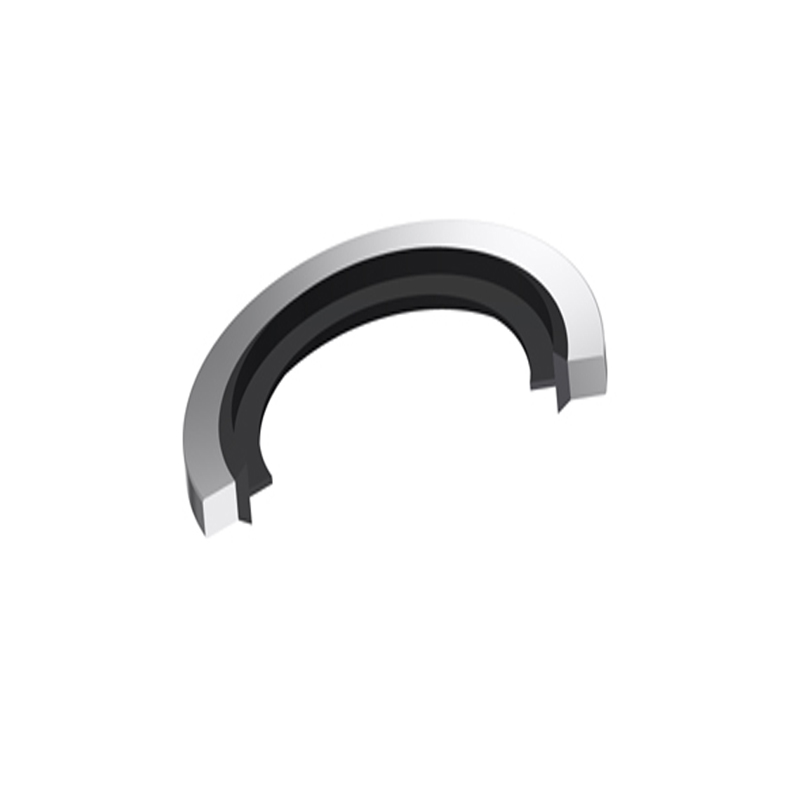transmission to transfer case seal
Understanding the Importance of Transmission to Transfer Case Seal in Vehicle Performance
The transmission and transfer case in a vehicle play crucial roles in its overall performance and efficiency. A key component that ensures their optimal functioning is the transmission to transfer case seal. This article delves into the importance of this seal, its function, and the consequences of neglecting its maintenance.
The Function of the Transmission to Transfer Case Seal
The primary function of the transmission to transfer case seal is to prevent fluid leaks between the transmission and the transfer case. The seal acts as a barrier, containing transmission fluid within the designated areas and preventing it from seeping into the transfer case or vice versa. This fluid is essential for lubrication, cooling, and ensuring that the components operate smoothly.
In vehicles equipped with all-wheel drive (AWD) or four-wheel drive (4WD) systems, the transfer case is responsible for distributing power from the transmission to the front and rear axles. A reliable seal is vital for maintaining hydraulic pressure, which is essential for proper gear engagement and torque distribution. If the seal is compromised, it can lead to various issues ranging from reduced performance to severe mechanical failures.
Signs of a Failing Seal
Understanding the signs of a failing transmission to transfer case seal is crucial for any vehicle owner. One of the most common indicators is fluid leakage. If you notice transmission fluid pooling underneath your vehicle, it could be a sign that the seal has worn out or has been damaged.
Another warning sign is erratic shifts or difficulty in engaging gears. If the transmission is struggling to provide power to the wheels, it may be due to a lack of hydraulic pressure caused by low fluid levels resulting from a leak. Additionally, strange noises, such as grinding or whining from the transfer case, can indicate that the lubrication has been compromised.
The Consequences of Ignoring Seal Maintenance
Neglecting the maintenance of the transmission to transfer case seal can lead to severe repercussions. A leak can cause a significant drop in fluid levels, leading to inadequate lubrication and overheating of the transmission components. This can result in premature wear and eventual failure of critical parts such as the transmission pump, gears, and clutches.
transmission to transfer case seal

Moreover, fluid contamination is another potential issue. If the seal fails, dirt and debris can enter the transmission, leading to increased wear and tear. The cost of repairing or replacing a damaged transmission far exceeds the cost of replacing a faulty seal. Therefore, timely maintenance and replacement of the seal are essential to ensure the longevity and performance of your vehicle.
Maintenance Tips
To keep the transmission to transfer case seal in good working condition, regular inspections and maintenance are crucial. Here are some tips for maintaining the seal
1. Regular Fluid Checks Periodically check the transmission fluid level and condition. If you notice any discoloration or a burnt smell, it may be time for a fluid change.
2. Visual Inspections Regularly inspect the area around the transmission and transfer case for signs of leaks. Address any issues immediately to prevent further damage.
3. Professional Servicing Consider having your vehicle serviced by a professional mechanic who can assess the condition of the seal and replace it if necessary.
4. Follow Recommended Maintenance Schedules Adhere to the maintenance schedule outlined in your vehicle’s owner manual, including regular transmission flushes and fluid changes.
Conclusion
In summary, the transmission to transfer case seal is a critical element in ensuring the smooth operation of a vehicle's drivetrain. Proper maintenance and timely replacement of the seal can prevent costly repairs and enhance the overall performance and longevity of the vehicle. By being proactive and attentive to the signs of wear, vehicle owners can enjoy a safer and more reliable driving experience.
-
Simplifying Oil Changes: A Comprehensive Guide to Oil Drain Plugs and Their Variants
News Aug.04,2025
-
Mastering Oil Drain Maintenance: Solutions for Stripped, Worn, and Upgraded Oil Plugs
News Aug.04,2025
-
Fixing Oil Pan Plug Issues: Leaks, Stripped Nuts, and the Right Replacement Solutions
News Aug.04,2025
-
Everything You Need to Know About Oil Drain Plugs: Sizes, Fixes, and Upgrades
News Aug.04,2025
-
Choosing the Right Oil Drain Plug: A Guide to Sizes, Materials, and Drain Innovations
News Aug.04,2025
-
A Complete Guide to Automotive Drain Plugs: Types, Problems, and Innovative Solutions
News Aug.04,2025
-
The Ultimate Guide to Car Repair Kits: Tools and Essentials Every Driver Should Own
News Aug.01,2025
Products categories















